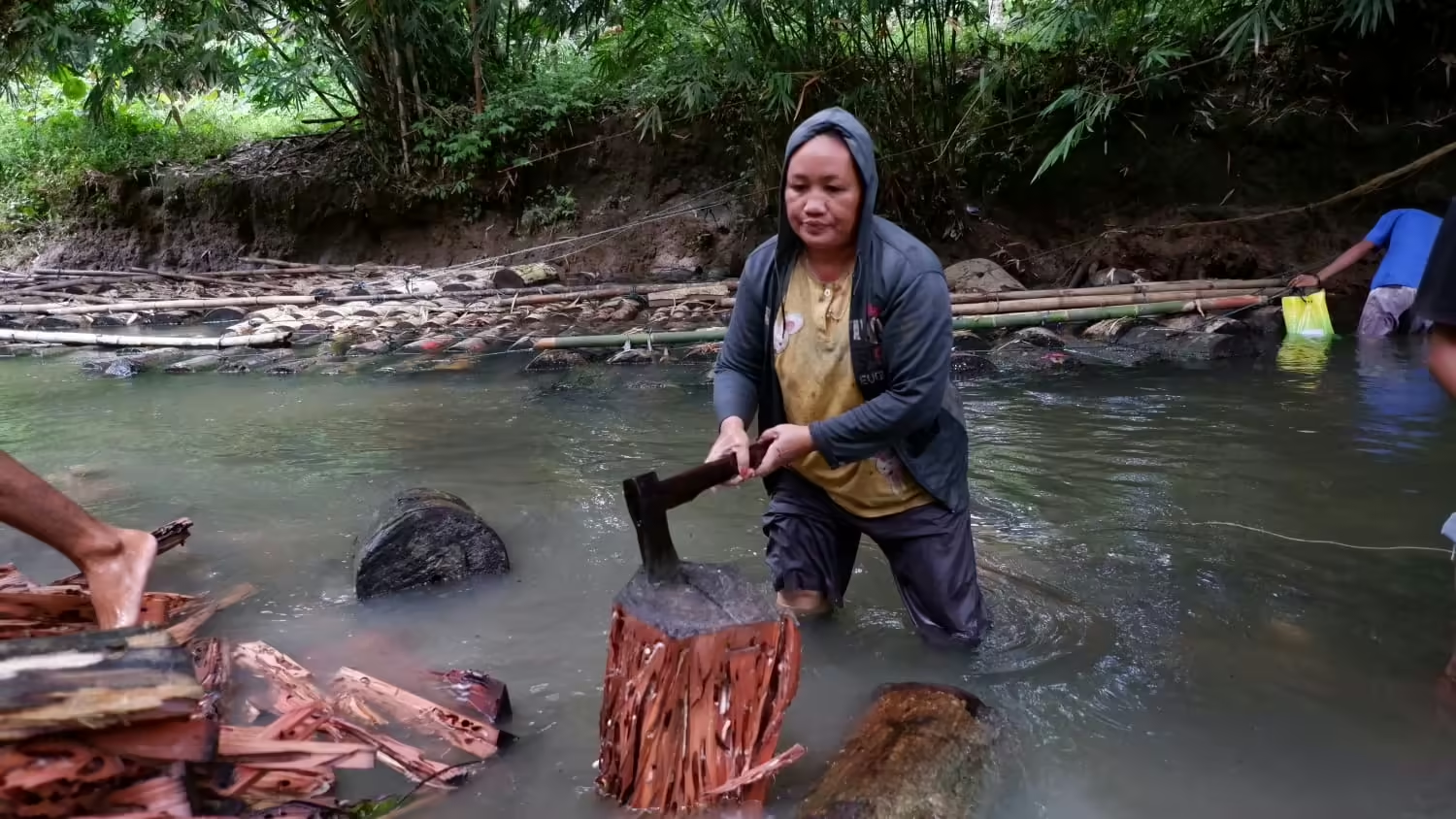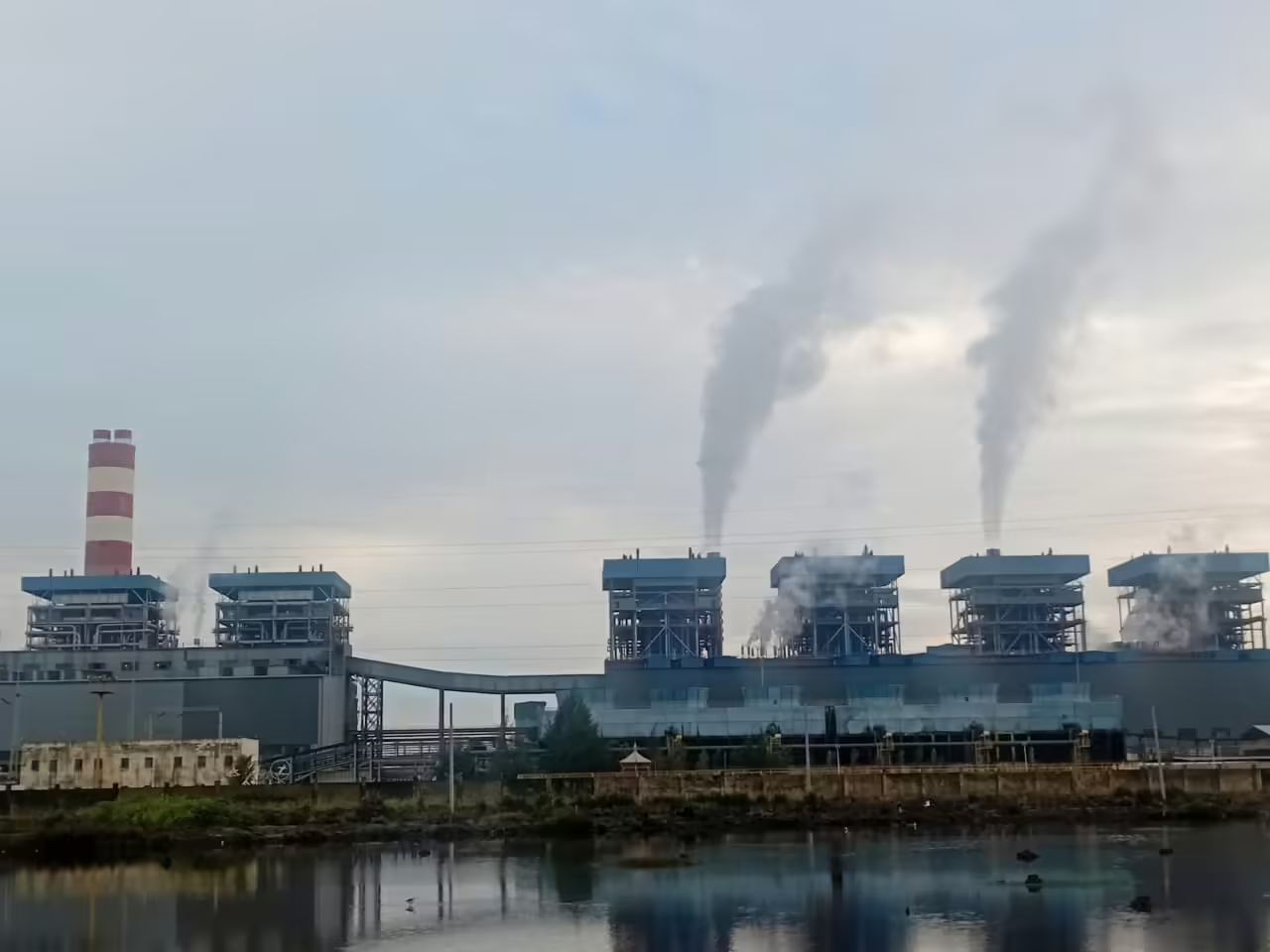Jakarta, Ekuatorial – Amid massive deforestation, Indonesia needs to turn to city forests development which can serve as green open space and conservation, said an activist, on Monday (23/3), in Jakarta.
“We need to conserve trees which are being felled in forests because of oil palm plantation and mining extractions. I think it’s better to bring them [trees] to the city and grow more city forests,” said Ismayadi Samsoedin of Sahabat Pohon Indonesia Foundation at a press conference.
To support city forest development, the ministry of environment and forestry supported by the foundation and other donors will be planting at least 60 types of trees at University of Indonesia, Depok, West Java, on next Saturday (28/3).
Furthermore, Samsoedin said city forests can also serve as educational purpose where children would be able to learn rare or nearly extinct tree types.
“Indonesia has 4,000 types of trees but only 200 types are known to public,” he said. “So, we’re planning to plant rare trees such as Menteng tree at University of Indonesia.”
In addition, he said that chosen trees will be one and a half meter tall so that they will have at least one to three years of growth in advanced.
Bedjo Santoso, the ministry’s expert staff for forest industry revitalization, said that city forest was stipulated by the 2007 Law on Spatial Planning which required cities to allocate 30 percent of their areas for green open spaces.
“At least a third of [30 percent] green open space is actually for city forests. It means around 12,000 hectares,” said Santoso. “Unfortunately, not all cities can comply [with the regulation].”
He cited Jakarta which can only reach 3,000 hectares [of green open spaces].
Meanwhile, Samsoedin said government should consider revising the law as it hindered city forest development.
“The law stated that city forest is a 2,500 square meters of area restricted for people. So, Monas [National Monument] and Manggala [ministry of environment and forestry] are not city forests [as they are open for public access,” he said. “It’s different with Australia and US where city forests are open for public.”
Consequently, not many areas were considered as city forests though they have same functions, he added.
Jatna Supriatna, head of research center for climate change of University of Indonesia (RCCC-UI), cited Palu city which had been aggressively developing its city forests resulted to declining temperature, from 35 to 32 degrees Celsius.
“City forest is also important for cities, such as Jakarta, through proper spatial planning,” said Supriatna adding that city forest at the University covers 120 hectares and considered to be the largest in the country. Fidelis E. Satriastanti



